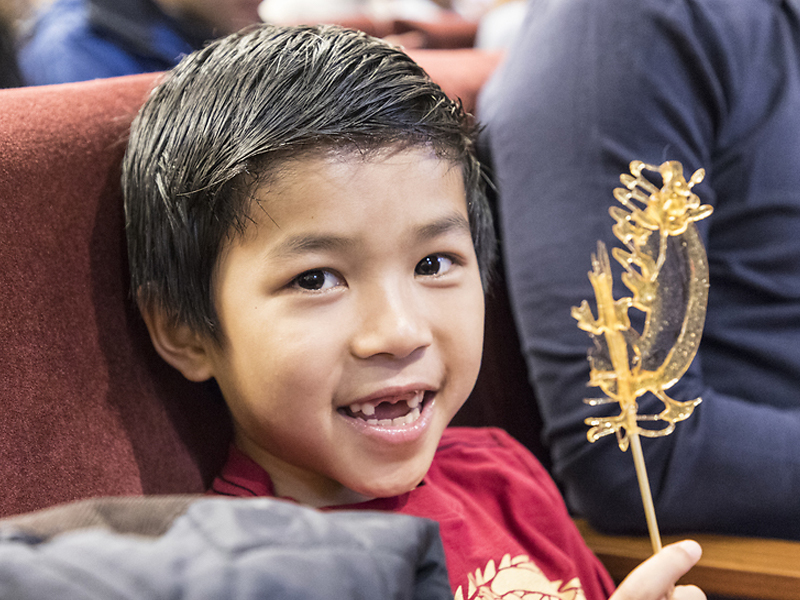This is the first time in 50 years that the District’s Chinese New Year parade, one of the city’s signature events, and other in-person events will not be taking place. In their absence, the Freer Gallery of Art and Arthur M. Sackler Gallery, the Smithsonian’s National Museum of Asian Art – in partnership with the Smithsonian American Art Museum – has organized Lunar New Year D.C. – a virtual celebration with programs and hands-on activities for all ages. Events – which are free – will take place through Feb. 26.
Lunar New Year, which begins Feb. 12, celebrates the beginning of a new year on the lunisolar calendar. The most important holiday in China, it is also widely celebrated in South Korea, Vietnam and other countries with a significant Chinese population. Commonly known as the Spring Festival in China, Lunar New Year is a 15-day celebration marked by many traditions. For instance, families decorate windows with red paper cuttings and adorn doors with couplets expressing auspicious wishes for the new year.
“Since most families are not gathering in person this year because of the pandemic, our virtual Lunar New Year celebration offers an opportunity to celebrate apart but together with friends and family in the D.C. area and around the world,” said Matthew Lasnoski, an educator with the Sackler and Freer.
The museum’s website reveals how different countries mark the holiday. For instance, writes museum educator Wendy Wang, “For as long as I can remember, Lunar New Year has been the highlight of my year. Growing up in Taiwan, I received red envelopes filled with money from my parents, grandparents, older relatives, and sometimes family friends.” In addition, her grandmother was known for throwing very festive New Year gatherings with a spread of traditional Chinese dishes. “Today, the idea of Lunar New Year is less about red envelopes and which Chinese dishes are on the dinner table, and more about the layers of cultural experiences and traditions that made me who I am,” she says. “The beauty of a Ming ceremonial dish comes from not only its formal qualities but also the history it carries. So too does the beauty that surrounds the celebration of our cultural traditions.”
For parents looking for activities to do at home, the museum website invites visitors to create a Monkey King mask or download pictures of artworks from the museum collections to color. In addition, families can ring in the Year of the Ox by participating in a series of virtual programs. For instance, on Feb. 20 at 10 a.m., children ages three to eight and their caretakers can learn “how artists have been inspired by oxen for generations and how Smithsonian conservators preserve these artworks,” said Lasnoski. Participants can then ring in the new year by creating their own ox masterpiece. Another workshop, on Feb. 21 at 10 a.m., focuses on how to make traditional New Year lanterns. The workshop will be led by D.C.-area artist Khánh Lê, who grew up celebrating Tết, the Vietnamese Lunar New Year, by carrying paper lanterns suspended on sticks through the Vietnamese countryside.
The museum encourages visitors to register for events in advance at asia.si.edu.

